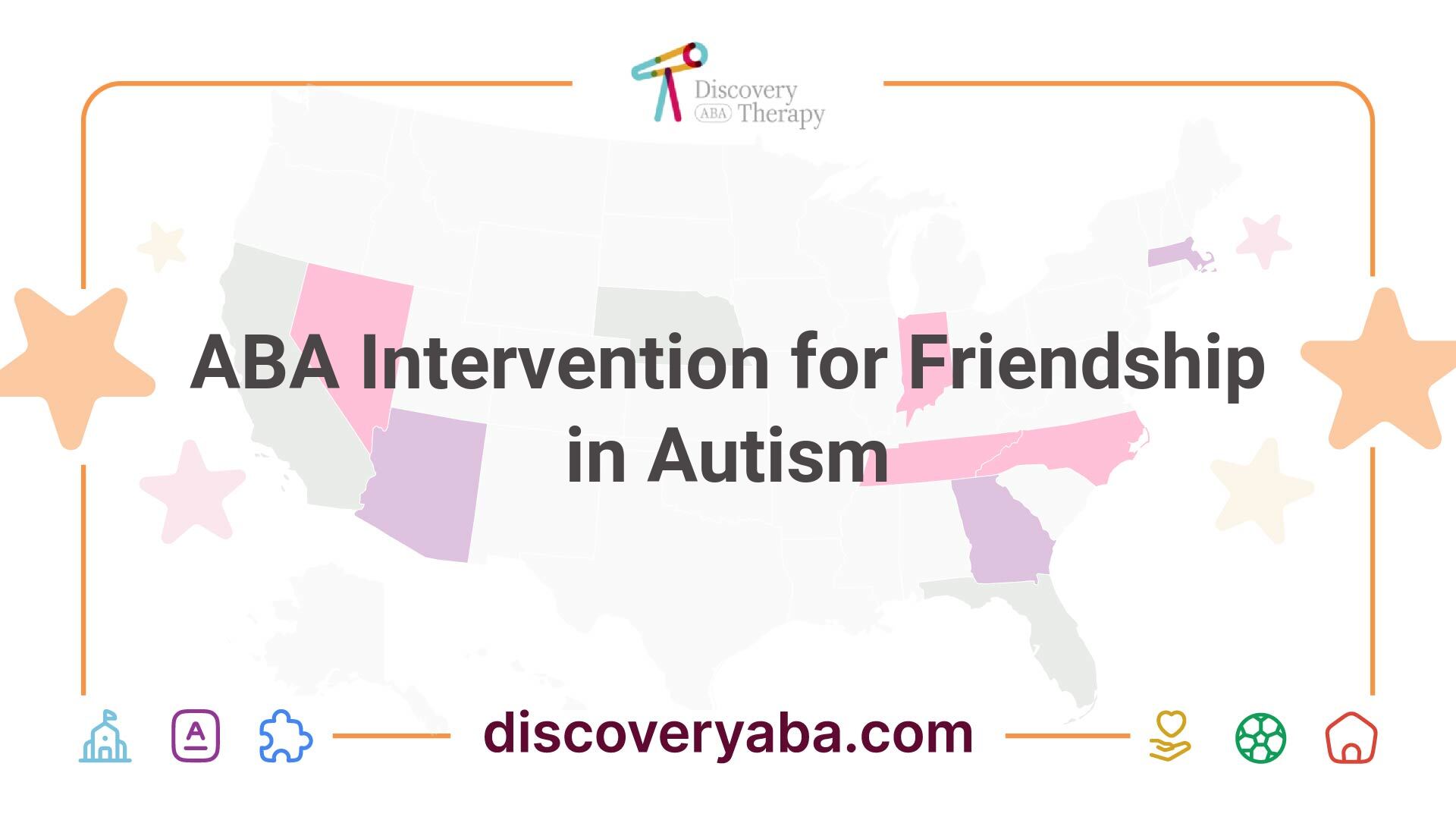ABA Therapy for Functional Communication Training
Discover ABA therapy for functional communication training to enhance communication skills in individuals with autism.

Understanding FCT in ABA Therapy
Introduction to FCT
Functional Communication Training (FCT) is an essential therapy technique utilized in the context of Applied Behavioral Analysis (ABA) therapy. It is designed to assist individuals, particularly children with autism, in developing meaningful communication methods. The primary goal of FCT is to replace disruptive behaviors with more appropriate and functional communication strategies. This is crucial for reducing frustration and anxiety that often accompany communication challenges. Research showcases the effectiveness of FCT in creating a communication-rich environment where individuals can thrive. FCT interventions are often implemented parallel to ABA techniques, aiming to provide comprehensive support [1].
Importance of FCT in Autism
FCT plays a vital role in addressing communication deficits and reducing challenging behaviors in individuals with autism. It has been successful in minimizing behaviors such as aggression, self-injury, and inappropriate communicative actions. When combined with extinction procedures, the effectiveness of FCT is significantly enhanced, leading to a marked reduction in problematic behaviors.
The positive impact of FCT extends beyond reducing negative behaviors. Effective communication skills cultivated through FCT enable children with autism to unlock opportunities for independence, self-advocacy, and self-expression. This improvement impacts their ability to engage in social activities, benefit from educational settings, and form meaningful relationships with others.
The adaptability of FCT is noteworthy; it is tailored to each child's unique needs, strengths, and communication preferences. This personalized approach involves comprehensive assessments of each child's communication abilities and collaboration with families to develop targeted plans that encourage effective communication and promote independence [2].
Utilizing FCT within ABA therapy empowers individuals with autism to overcome communication barriers and significantly improves their overall quality of life. This represents a transformative aspect of effective communication in fostering long-lasting change and development [2].
Effectiveness of Functional Communication Training
Research Findings on FCT
Research on the effectiveness of Functional Communication Training (FCT) indicates strong potential in addressing problem behaviors and enhancing communication skills in individuals with autism spectrum disorder (ASD). Studies have demonstrated that FCT can result in significant decreases in problematic behaviors. According to findings, children who received FCT treatment via telehealth experienced a mean reduction of 98% in problem behaviors compared to those who received standard treatment. This highlights the effectiveness of FCT in both traditional in-person and telehealth formats, ensuring accessibility for those facing barriers to in-person therapy. For more information, check out ABA therapy for social interaction skills.
| Study Focus | Results |
|---|---|
| Problem Behavior Reduction | 98% reduction in telehealth FCT compared to limited improvement in standard treatment (Goldstar Rehab) |
| Communication Skills Improvement | Demonstrated improvements in communication abilities through structured interventions |
Comparing In-Person vs. Remote FCT
The comparison between in-person and remote FCT shows minimal differences in effectiveness, with telehealth proving to be a viable option. FCT conducted via telehealth has shown comparable results to traditional therapy, mainly due to real-time coaching provided by behavioral consultants. This accessibility can be crucial for those who may have difficulty attending in-person sessions.
| Therapy Format | Effectiveness | Key Features |
|---|---|---|
| In-Person FCT | High | Direct interaction, immediate feedback |
| Remote FCT | High | Accessibility, real-time coaching; 98% problem behavior reduction (ABTABA) |
Both approaches leverage the foundational principles of FCT, such as differential reinforcement and systematic implementation of strategy. By focusing on communication skills, FCT can improve outcomes irrespective of the delivery method. For various FCT guidelines, visit our article on aba therapy and positive behavior supports.
Techniques in FCT
Functional Communication Training (FCT) utilizes specific techniques to effectively replace challenging behaviors with appropriate communicative responses. These techniques facilitate improved communication while addressing various problem behaviors.
Differential Reinforcement
Differential reinforcement is a key technique in FCT that promotes the replacement of challenging behaviors with more appropriate forms of communication. This method involves reinforcing desired behaviors while diminishing or eliminating reinforcement for the challenging behavior. The ultimate goal is to teach individuals to consistently use alternative communication methods, thereby gradually reducing the occurrence of the problematic behavior [3].
Table: Differential Reinforcement Approach
| Step | Action |
|---|---|
| 1 | Identify the challenging behavior. |
| 2 | Determine a more appropriate communicative response. |
| 3 | Reinforce the alternative communication when it occurs. |
| 4 | Reduce reinforcement of the challenging behavior. |
By implementing differential reinforcement, individuals can experience positive changes in their communication skills while reducing undesirable behaviors.
Addressing Various Problem Behaviors
FCT is effective in tackling a wide range of problem behaviors, including but not limited to aggression, self-injury, motor and vocal disruptions, stereotypy, and other inappropriate communication behaviors. The versatile nature of FCT means it can be customized to target specific behaviors that interfere with an individual's daily functioning [4].
Common Problem Behaviors Targeted by FCT
| Problem Behavior | Description |
|---|---|
| Aggression | Any action that is hostile or violent towards others. |
| Self-Injury | Harmful behaviors directed towards oneself. |
| Disruptive Behaviors | Actions that interrupt or disturb activities. |
| Stereotypy | Repetitive motor or vocal behaviors. |
| Inappropriate Communication | Communication methods that are unsuitable for social contexts. |
FCT interventions are adaptable, with programs developed for individuals ranging from young children to adults diagnosed with conditions such as autism, ADHD, traumatic brain injury, and other speech or language delays. Understanding and addressing these problem behaviors can lead to significant improvements in communication skills and overall quality of life for individuals with autism.
By employing techniques like differential reinforcement and tailoring FCT interventions to specific behaviors, caregivers and therapists can facilitate effective communication and promote positive behavioral changes. For more information on the effectiveness of FCT, check out our article on aba therapy for functional communication training.
FCT Guidelines and Recommendations
Functional Communication Training (FCT) is an integral part of ABA therapy for individuals with Autism Spectrum Disorder (ASD). Implementing effective strategies requires a thorough understanding of functional assessment and the execution of communicative responses.
Functional Assessment in FCT
A functional assessment is essential in developing effective FCT interventions. This process helps identify the specific reinforcer for the desired communicative response. By understanding what maintains a child's problem behaviors—such as aggression or self-injury—practitioners can tailor interventions to meet their communication needs.
| Problem Behavior | Potential Reinforcer |
|---|---|
| Aggression | Attention, escape from demands |
| Self-injury | Attention, escape from aversive events |
| Bizarre vocalizations | Attention, materials |
| Stereotypy | Attention, sensory input |
| Inappropriate behavior | Attention, escape from demands, social reinforcement |
Participants receiving FCT often exhibit a variety of behaviors maintained by social reinforcement National Center for Biotechnology Information - PMC. By identifying these behaviors, practitioners can implement appropriate strategies for change, enhancing communication skills.
Implementing Communicative Response
Once the functional assessment is conducted, selecting the appropriate communicative response is necessary. Strategies should consider factors such as response effort and social recognition to ensure that the new communication methods are effective.
In practice, FCT may include using gestures, sign language, pictures, or other suitable communication methods to replace challenging behaviors. The goal is to promote a generalization of behavior change across different settings and individuals. This often means teaching individuals how to effectively request items or express needs in a variety of situations, reducing frustration and minimizing negative behaviors related to communication challenges Applied Behavior Analysis Edu.
When implementing communicative responses, practitioners should consider the consequences associated with problem behaviors. The literature recommends assessing reinforcement, extinction, and, if necessary, punishment processes. The inclusion of extinction in FCT has shown effectiveness, but variations in individual cases may require adjustments, potentially incorporating other consequences National Center for Biotechnology Information - PMC.
FCT is a versatile, evidence-based intervention that aims to equip individuals with autism with practical communication tools, enabling them to navigate their daily interactions successfully and improve their overall well-being. For further insights into related therapies, see our articles on ABA therapy for repetitive behaviors and ABA therapy and adaptive skills.
Tailoring FCT Interventions
To maximize the efficacy of Functional Communication Training (FCT), it is essential to customize interventions to the individual needs of each person with autism. This section discusses the significance of an individualized approach and the collaboration with families in crafting effective FCT interventions.
Individualized Approach
An individualized approach is crucial in ABA therapy, particularly within FCT. Tailoring interventions to each child's unique abilities, strengths, and communication preferences enhances the likelihood of successful outcomes. Conducting a thorough functional assessment helps to identify the most effective reinforcers for a child's communicative responses. This process involves assessing their current communication skills and determining their specific needs [4].
For instance, if a child struggles to express hunger verbally, FCT can help them learn to use alternative methods, such as signaling or using symbols. Each strategy is customized based on factors like response effort, social recognition, and speed of learning. An example of this could be teaching a non-verbal child with autism to tap a cup on the table to request juice instead of engaging in inappropriate behaviors like head banging [5].
| Considerations in Individualized FCT | Description |
|---|---|
| Communication Abilities | Assess current skills to guide intervention |
| Reinforcers | Identify strong motivators tailored to the child |
| Response Effort | Choose communication methods that are easy for them |
| Social Recognition | Ensure methods are understood and accepted socially |
Collaboration with Families
Collaboration with families plays a vital role in the success of FCT interventions. By working together, therapists and families can develop targeted plans that better facilitate effective communication. Parents and caregivers often provide critical insights into a child's everyday habits and preferences, which can inform intervention strategies. Their involvement ensures that the interventions align with the child's environment and daily routines.
Furthermore, empowering families with the knowledge of how to reinforce communication skills outside of therapy sessions reinforces the learning process. This partnership can alleviate the frustration and anxiety that often stems from a child's inability to communicate needs, thus reducing behaviors associated with unmet desires. When families actively participate in implementing FCT, it creates a supportive environment that promotes continued growth and skill development.
By integrating an individualized approach with strong family collaboration, FCT can significantly improve communication effectiveness for individuals with autism, leading to enhanced quality of life and increased independence. For more information on related topics, explore our resources on aba therapy for repetitive behaviors and aba therapy and adaptive skills.
Impact of FCT on Individuals with Autism
Functional Communication Training (FCT) plays a significant role in enhancing the lives of individuals with autism by improving their communication abilities and promoting their independence and well-being.
Enhancing Communication Skills
FCT is pivotal for nonvocal communicators, particularly children with autism, as it focuses on teaching alternative communication methods. Techniques such as sign language, Picture Exchange Communication System (PECS), and Speech Generating Devices are employed to build communication skills. By providing individuals with these alternatives, they can expand their vocabulary of mands (requests), which leads to a decrease in challenging behaviors often stemming from frustration due to communication barriers [1].
Effective communication skills unlock various opportunities for independence and self-expression in individuals with autism. The development of these skills significantly impacts their ability to participate in social activities, access educational opportunities, and form meaningful relationships [2].
| Communication Method | Description |
|---|---|
| Sign Language | Uses gestures to convey meaning, allowing for effective expression without verbal speech. |
| Picture Exchange Communication System (PECS) | Facilitates communication through pictures that represent objects or actions, promoting interaction. |
| Speech Generating Devices | Technology that produces spoken words, aiding individuals in expressing needs and desires. |
Promoting Independence and Well-Being
The effects of FCT extend beyond communication; they also foster greater independence for individuals with autism. By equipping them with effective communication skills, FCT helps them articulate their needs and navigate social situations. This newfound ability promotes autonomy in daily life [2].
Moreover, FCT alleviates the frustration and anxiety that often accompany an inability to express needs. When children with ASD can effectively communicate, the need for inappropriate behaviors that stem from frustration diminishes. This positive change not only enhances well-being but also significantly improves the quality of life for individuals with autism.
In summary, the implementation of FCT in ABA therapy provides transformative outcomes for individuals with autism, significantly enhancing their communication abilities and promoting their independence and overall life satisfaction. This comprehensive approach highlights the importance of effective communication in facilitating profound developmental changes.
References
Find More Articles
Contact us
North Carolina, Tennessee, Nevada, New Jersey, Utah, Virginia
New Hampshire, Maine
Massachusetts, Indiana, Arizona, Georgia
.avif)
















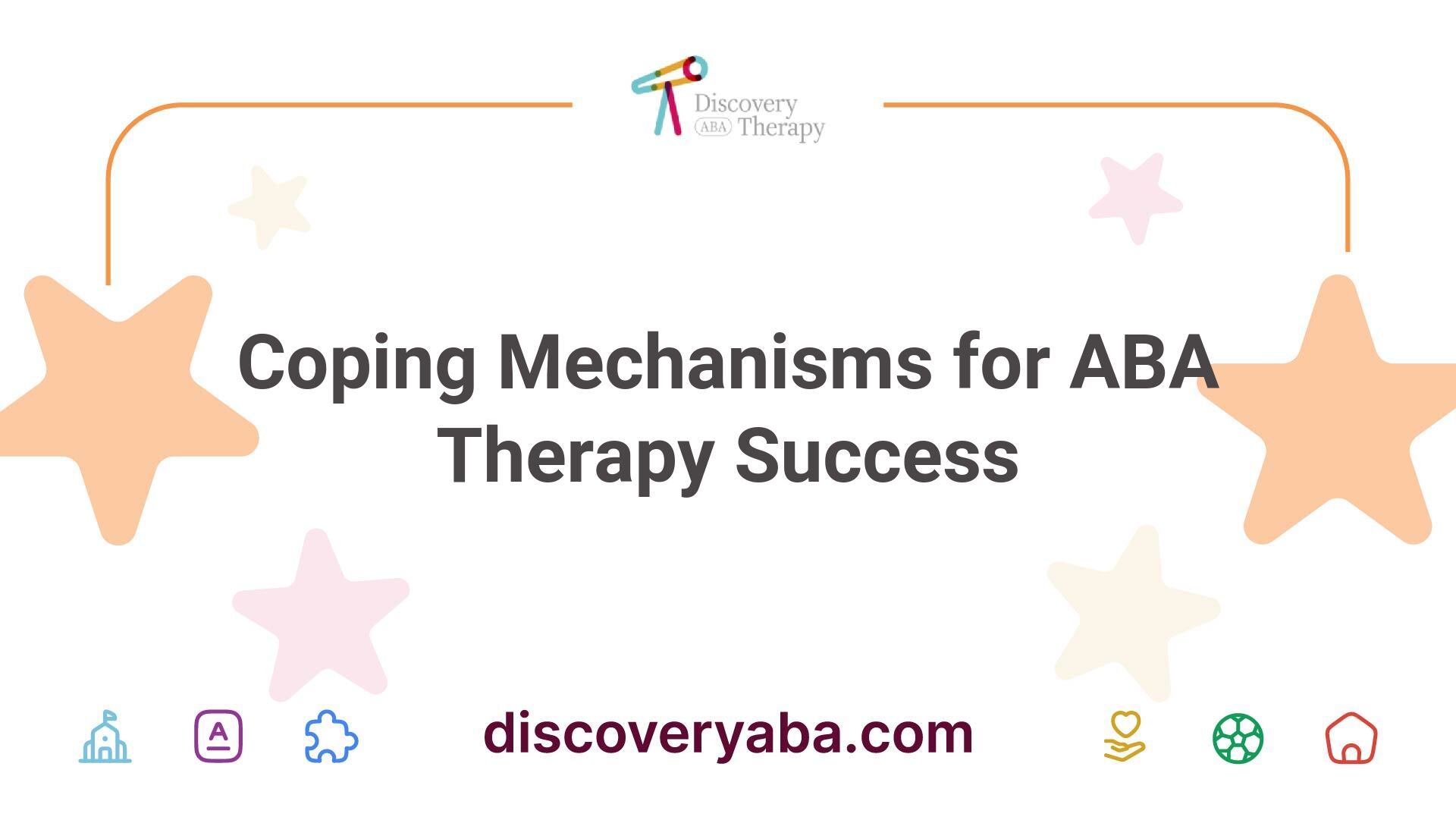





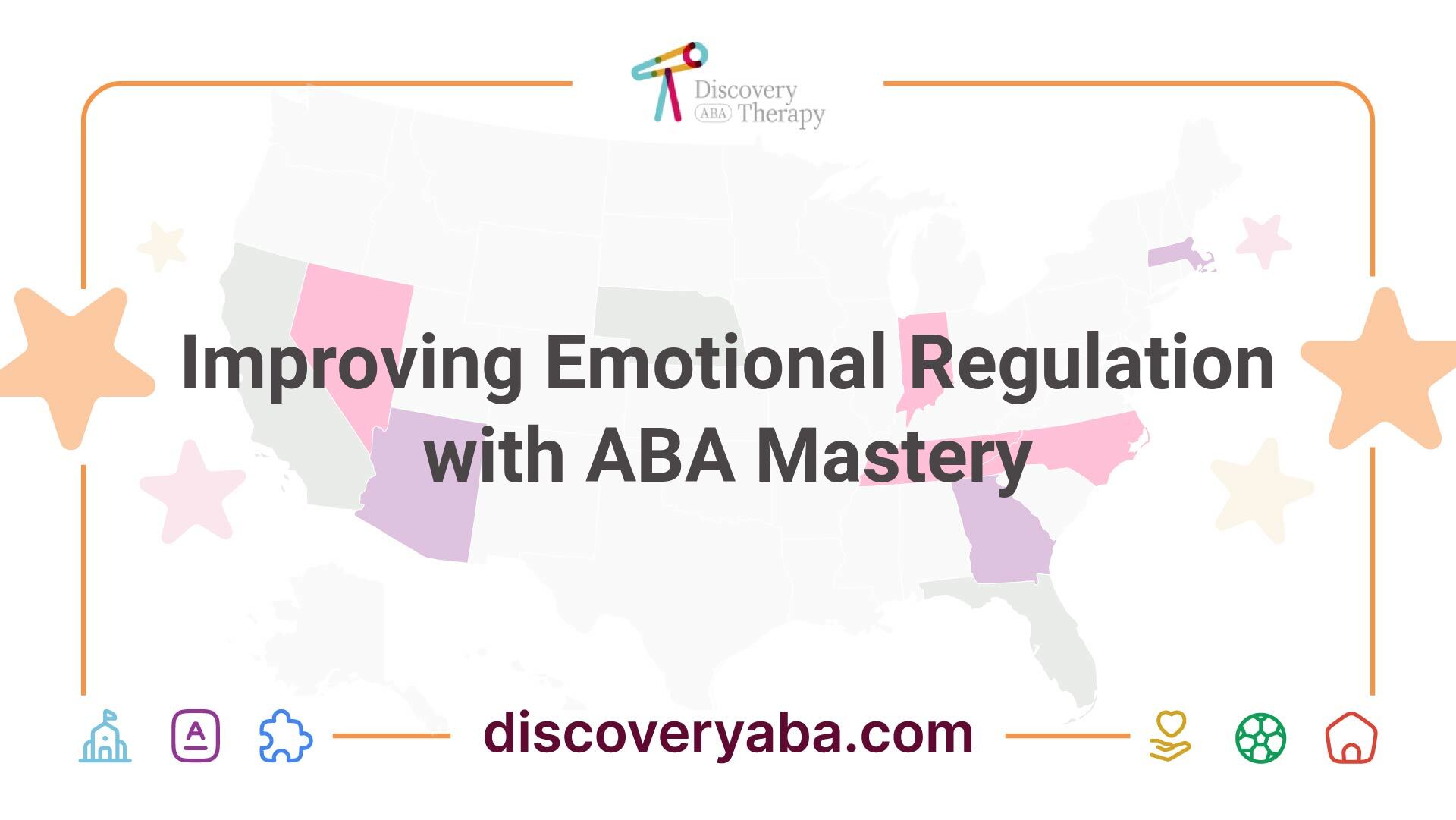




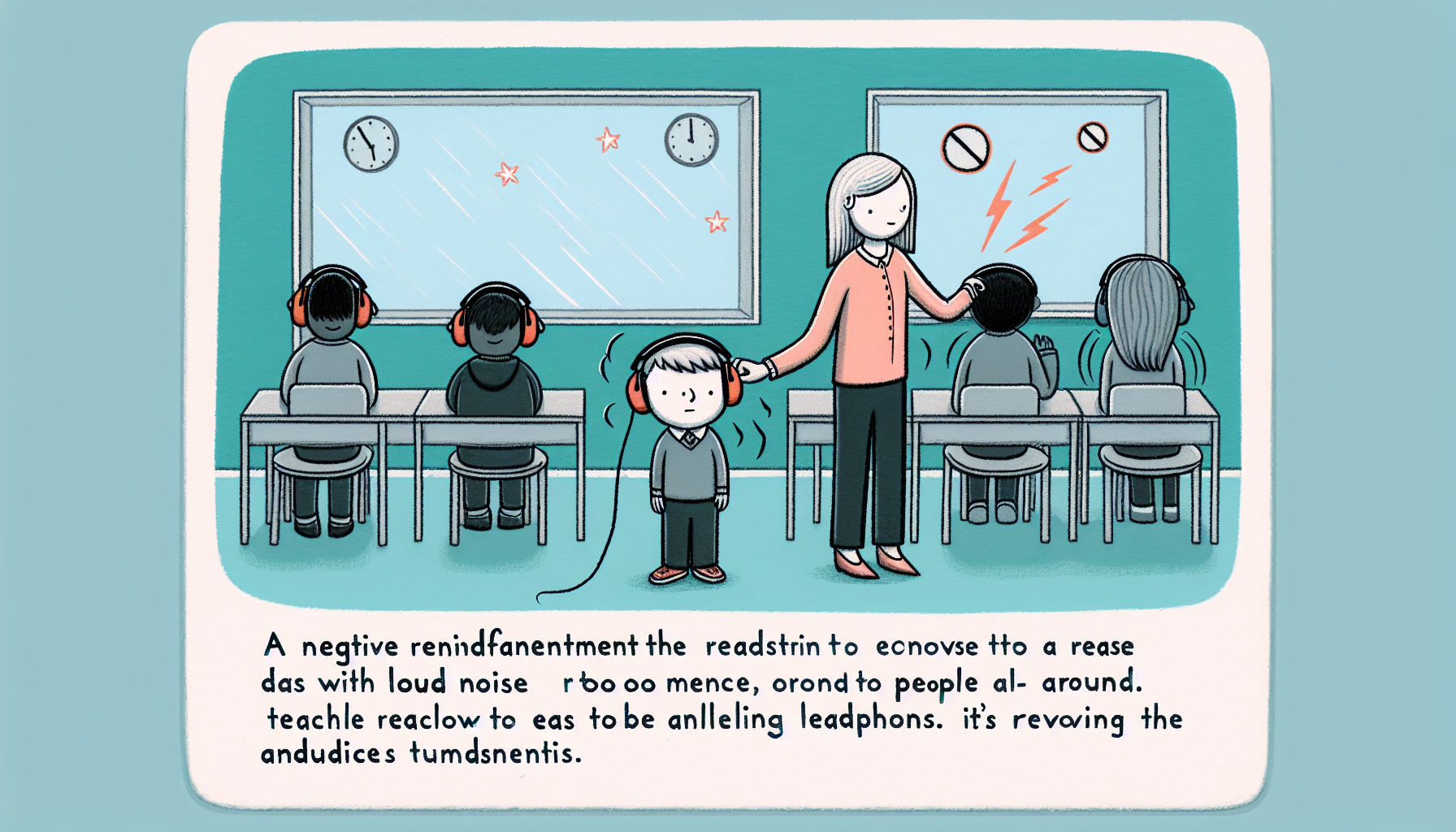

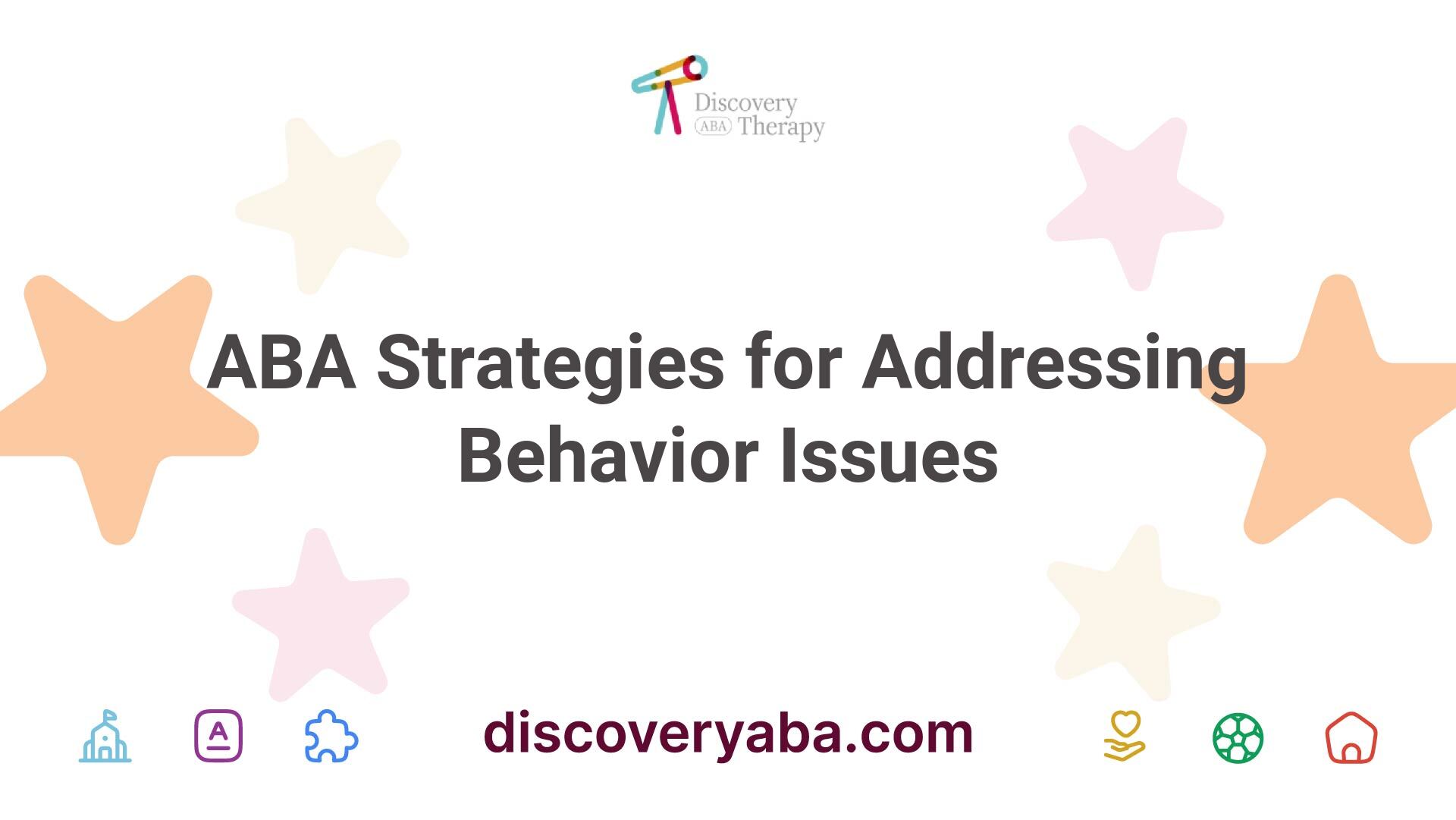











.jpeg)


























